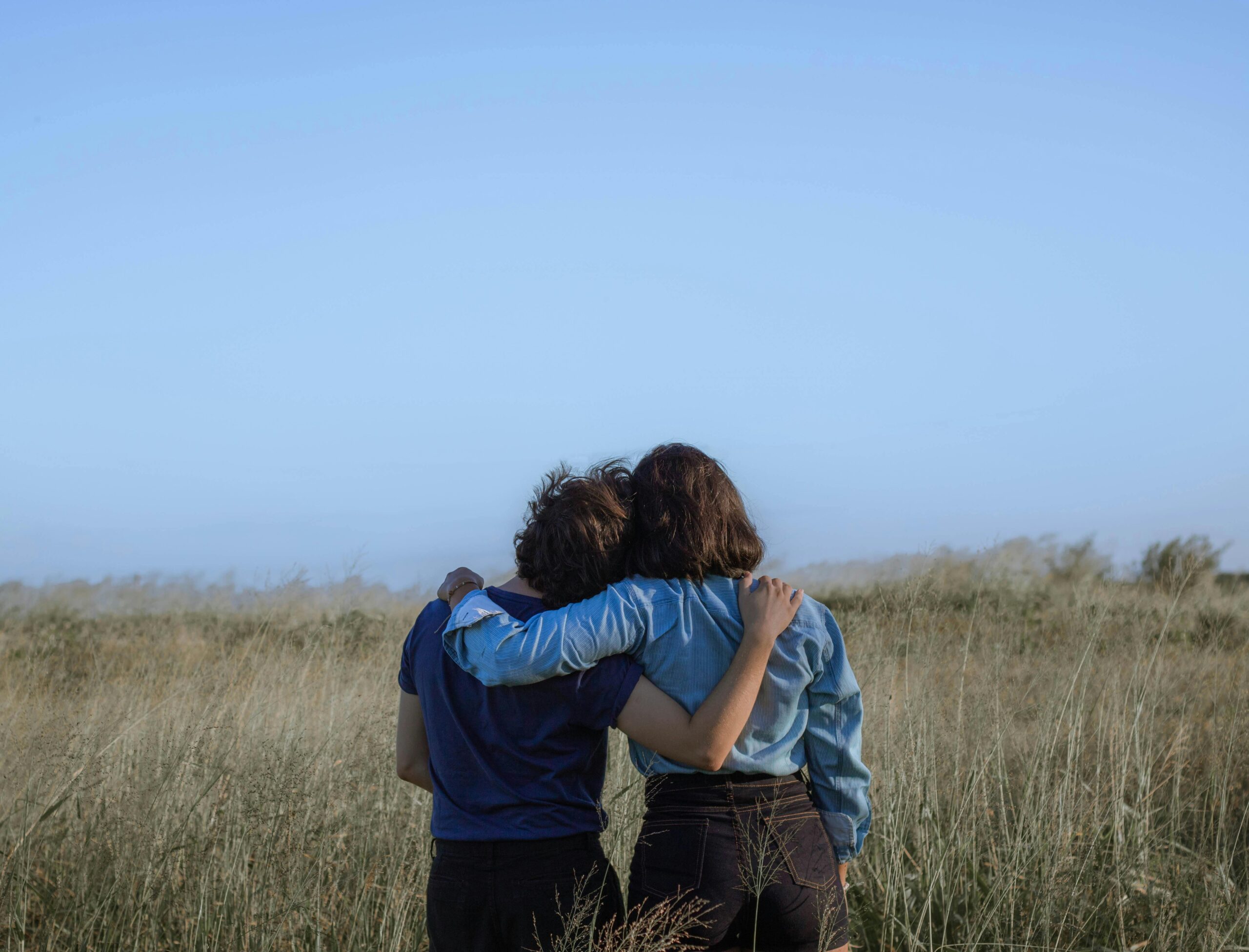
The following is an excerpt from ‘All Are Welcome: How to Build a Real Workplace Culture of Inclusion that Delivers Results‘ (McGraw Hill, Feb 2022) from Cynthia Owyoung. Cynthia is Robinhood’s Vice President of Inclusion, Equity and Belonging, partnering with business leaders, employee resource groups and the people experience team to support Robinhood’s mission to democratize finance for all. Studies prove that companies with more diversity in their ranks are more innovative, expand their markets, and perform better financially. Why, then, has so little progress been made, especially when it comes to corporate leadership? Because most companies have yet to develop and implement effective diversity, equity, inclusion, and belonging (DEIB) initiatives. And the ones that have too often focus mainly on hiring a diversity of staff or rolling out unconscious bias training without improving results.
Cynthia has spent more than two decades working in this space. She’s seen it all, and she knows what works―and what doesn’t. In ‘All Are Welcome’, Owyoung delivers the information and insights you need to make DEIB a key element of your company culture.
Forming employee resource groups is probably the most common way to support underrepresented groups and build community inside your company. These groups provide a safe space for marginalized people to share their experiences and seek support for whatever they might need. They are also wonderful ways to support career development for those who get involved in leadership roles and do things outside their normal day-to-day job responsibilities. However, they aren’t as often leveraged in driving business initiatives or partnering with external organizations for recruiting purposes.
Earlier in my career, I helped launch a company’s very first set of employee resource groups (ERGs). The ERG charters were based primarily on providing a supportive community for people from underrepresented backgrounds. As a result, their activities were focused on supporting external community organizations, professional development for members, and education to the broader company on what their cultures and issues were.
And it was great! There were volunteer events for great nonprofits, inspiring speakers came in to talk about their leadership journeys, and we had a Diversity Day celebration where each ERG showcased their culture, challenges, or history. Our employees’ ratings on their sense of inclusion in our employee survey went up, and it felt like a huge success. But it actually wasn’t.
We were doing a great job at bringing people together, but we weren’t moving the needle on our hard metrics around representation. In addition, the momentum of each ERG was hard to maintain over time with changes in ERG leadership and the expectation that this was “volunteer” work. So their real business impact was questionable.
Fast-forward to another company and one of the hardest-driving businesspeople I’ve ever had the good fortune to work with. She was my direct manager and, from her, I learned how to be a business leader, not just a diversity leader, because she looked at everything not through the lens of “what can I do with what I have” but instead through “what needs to be done and what will it take to get there.” And she saw that the ERGs we had inherited were operating pretty much the way I described in the preceding paragraphs, and in her mind, it meant they were not relevant to the business.
So I had to turn the situation around or risk the ERGs being defunded, and that possibility drove me to a whole new way of treating ERGs, shifting them from a focus on the employee to a focus on the business. For example, instead of giving each ERG a set allocation of budget for activities each year, I implemented a strategic planning process whereby each ERG had to build a proposal for what they wanted to accomplish that was aligned with our business priorities and a business case for what resources they needed to do it.
We treated them like a business unit, where they were accountable to metrics and quarterly operating reviews. We asked ERG members to have a direct conversation with their managers to include their ERG efforts as part of their development plan so it wasn’t seen as volunteer work. And our operating principle was that great ideas that further the business will get funded. If HR didn’t have the resources to implement a great idea, we would find someone in the business who did. And this was all new to them and many of my peers, who were used to ERGs being positioned as volunteer groups.
Treating these ERGs more like business resource groups made a huge difference in terms of hiring and retaining more people from underrepresented groups, creating visibility and executive buy-in, and building professional development skills in a concrete, business-applicable way. It was because of this approach that our women’s ERG drove a global career development event in which thousands of women participated, and a technical recruiting event that attracted over 400 people resulted in hires.
It’s amazing what ERGs can accomplish when you challenge them in the right way, give them the appropriate resources to do their work, and support them with recognition of the impact they are having.

Cynthia Owyoung is Robinhood’s Vice President of Inclusion, Equity and Belonging, partnering with business leaders, employee resource groups and the people experience team to support Robinhood’s mission to democratize finance for all. She’s also the founder of Breaking Glass Forums, where she develops strategies to accelerate more diverse leaders and inclusive organizations. A recognized diversity leader, Owyoung was named to Entrepreneur Magazine’s 100 Women of Impact in 2021. Owyoung serves on the Board of Directors for AbilityPath, a nonprofit dedicated to empowering people with special needs to achieve their full potential.

















